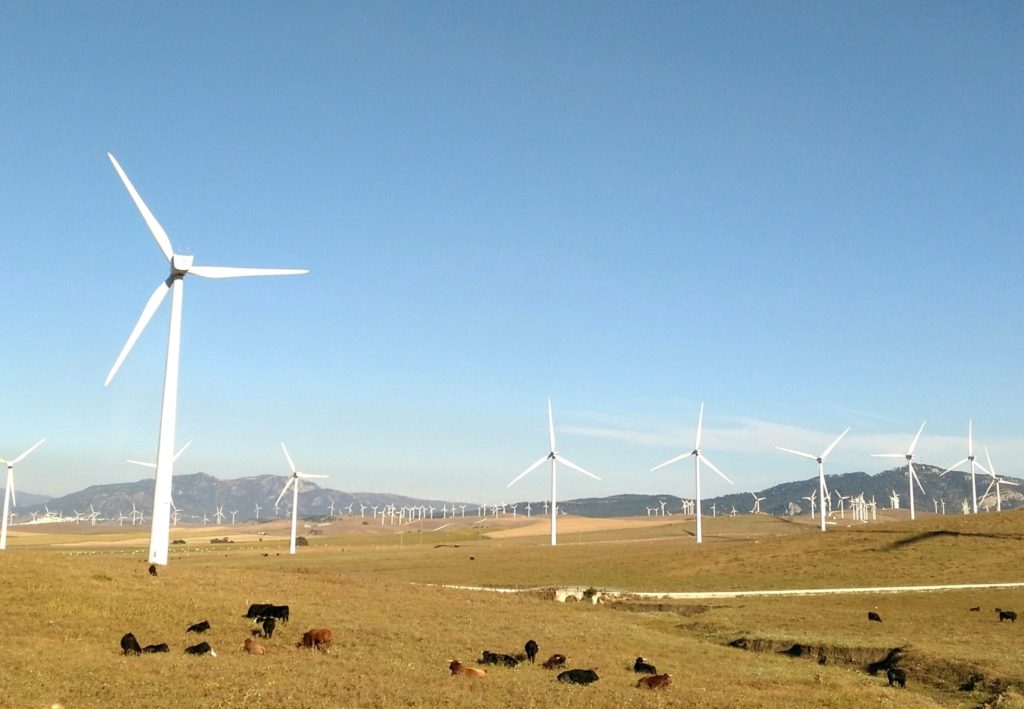How can firms use signals from policy makers more efficiently to make better decisions? In standard real options models, learning is viewed as a passive consequence of observing the evolution of expected profits over time. In the InvestExL project, we take a new approach that encourages active information acquisition. Firms receive signals that they use to update their beliefs about the future profitability of a project. The opportunity to learn gives rise to an additional trade-off between investing now and waiting. Compared to standard real options literature, this allows for a more realistic treatment of the investment scenario in which information is received, synthesized, and used for decision-making. We illustrate the importance of active learning by an example from the power sector.
Consider the following example. A power company is considering investing in a new wind park. The future profitability of this project is reliant on governmental support in the form of subsidies. There is uncertainty about whether the subsidy will be retracted in the future or not. Over time the decision-maker receives signals about the probability of subsidy retraction.
In our example, we consider a three-year time horizon, where policy uncertainty is revealed in year 3. The investor can decide whether to invest in year 1, 2 or 3. The benefit of investing immediately is to capture the cash flows, while waiting allows learning about policy uncertainty. High Profit represents expected discounted future profits in a scenario where subsidies are provided. Low Profit corresponds to the case where subsidy retraction renders the project unprofitable. We first consider the NPV rule. Second, we consider the situation where the decision-maker ignores signals, i.e. learns passively. And finally, we introduce active learning, where the decision-maker directly incorporates the signal in the decision making process.
First, let’s apply the static NPV rule when deciding whether to invest in the wind farm or not. The corresponding NPV calculation implies that the NPV is positive and thus the decision-maker should invest in the wind farm immediately, in year 1.

Suppose now that the firm updates its belief according to the signal that arrives in year 2. This signal might come in the form of a government statement on their future renewable policy commitment. Let’s assume that the signal is positive, increasing the firm’s perceived likelihood of remaining subsidy support. Considering our example this gives the firm a sufficiently strong belief in the High profit scenario that it is optimal to undergo investment in year 2. This simple example shows that active learning can be valuable, while at the same time encourage early investment.